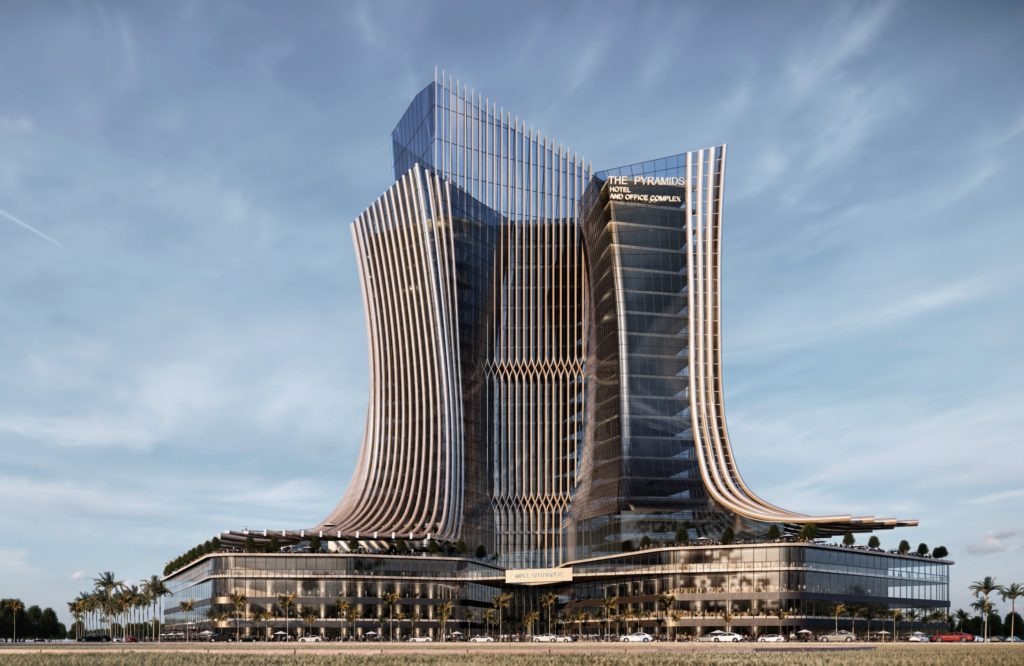In an exciting piece of news that has gone viral today, Egypt’s first Space City is set to launch in 2026! This project has been in the works since 2017, and it feels long overdue but, simultaneously, just on time.
What is this eerie space city and what difference will it add to the daily lives of everyday Egyptians, let’s find out!
Groundwork

This all started back in 2017 when the Egyptian Parliament approved a draft law on establishing Egypt’s first Space Agency to launch the North African country’s first satellite dedicated to scientific research. A year after, the government announced yet another grand project; the establishment of Egypt’s Space City. Most recently though, in 2022, the launch of the second phase of Space City was announced, making it clear that Egypt is heading slowly, but surely in the direction of space technology and joining the world’s space club!
Egypt’s Space City is quite marvelous, built on an area of 123 acres and containing 23 buildings for different sectors of space-related work, four buildings have been built so far and five more are still in the works, the buildings include a hotel for guests, a fully-equipped modern library for space research, a congress haul, and a space museum for the public, indeed, a first for Egypt and the Arab world! But how far did the Space Agency and City go since conception?
Milestones
In 2018 two satellites were launched into space, one through a collaboration with the Japanese Space Agency, and another through NASA. Then, in 2022 two more satellites were planned to launch. One in May named “EgSAcube – 3″ (this one is completely designed by Egypt’s Space Agency) and another satellite named “EgSAcube-4″ that was built in collaboration with Benha University.
The assembly and testing center aims to perfect the craft of satellite building, with plans to become the first specialized hub in the field in the entire MENA region.
Landing Point

Egypt’s Space City is set to launch and become fully available to the public in 2026; however, it will operate at full capacity in 2030.




